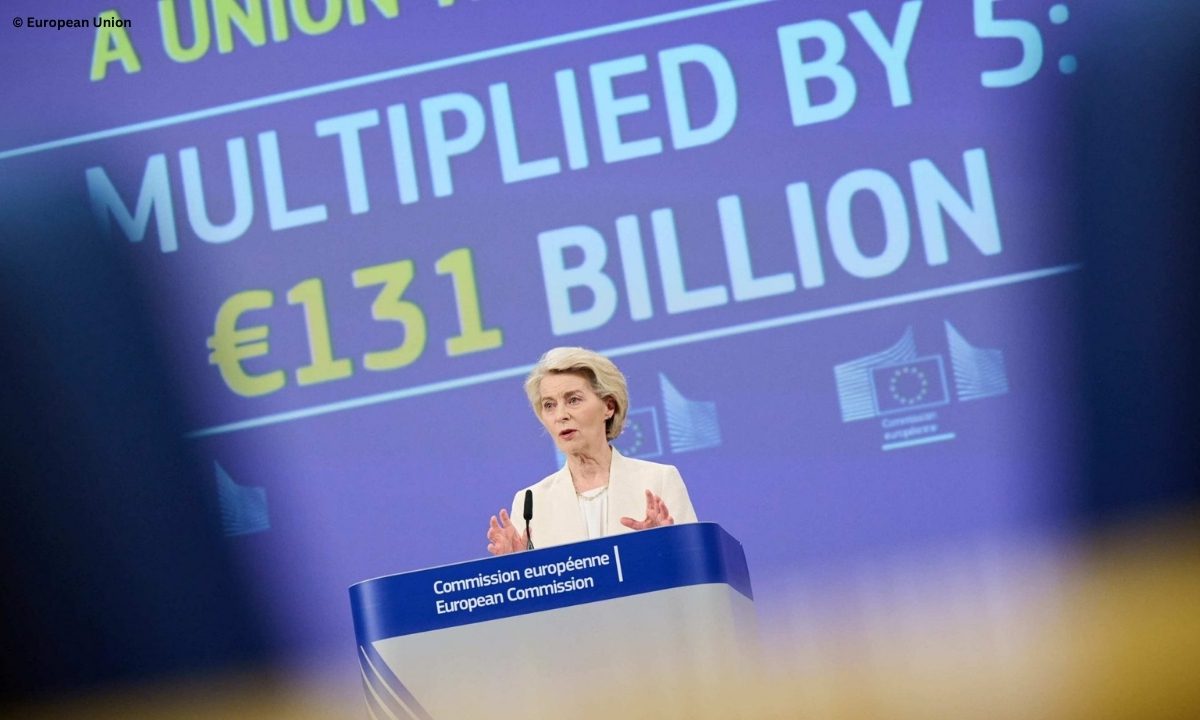The European Commission’s leaked draft proposal for the next EU Framework Programme for research and innovation (FP10) reveals significant changes planned for the programme after 2028, including a rebranding of collaborative research and the introduction of a new European Competitiveness Fund (ECF). These developments are part of a broader strategy to align research, innovation, and competitiveness efforts across the EU.
A New Four-Pillar Structure
The proposed FP10 will be organised around four pillars: excellent science; competitiveness and society; innovation; and the European Research Area (ERA). Notably, the “competitiveness and society” pillar will integrate collaborative research and innovation activities more closely with the new European Competitiveness Fund. This fund is intended to provide strategic guidance through a “steering mechanism” and a “Competitiveness Coordination Tool,” as outlined in the ECF regulation.
The European Competitiveness Fund and Multiannual Financial Framework
Alongside FP10, the European Commission announced a proposed Multiannual Financial Framework (MFF) worth nearly €2 trillion for 2028-2034. This ambitious budget aims to enhance Europe’s strategic autonomy by investing in competitiveness, innovation, and sustainability.
The ECF, a key component of this MFF, will focus on four strategic areas: clean transition and decarbonisation; digital transformation; health, biotechnology, agriculture and bioeconomy; and defence and space. It seeks to catalyse both public and private investment by offering a single gateway to funding, streamlining processes, and accelerating disbursements.
FP10 and the ECF will work in close synergy, covering the entire investment lifecycle, from initial research ideas to market-ready innovations and scale-up activities, helping reduce costs and time barriers for beneficiaries.
The leaked proposal has already sparked discussion among the European research and policy community. Science Europe has emphasised the need for a robust financial framework and a strong, independent research and innovation programme to secure Europe’s scientific leadership. Similarly, the Centre for European Policy Studies (CEPS) highlights the opportunity for FP10 to become a true engine of global development, but stresses that this requires careful design to balance competitiveness with openness and international cooperation.
Next Steps
The proposed budget and governance framework will now enter a thorough review and negotiation process involving the European Parliament, Member States, and national parliaments. This collaborative scrutiny aims to ensure that the final arrangements balance the EU’s strategic goals with the diverse interests of its members, paving the way for an effective and well-supported implementation.



